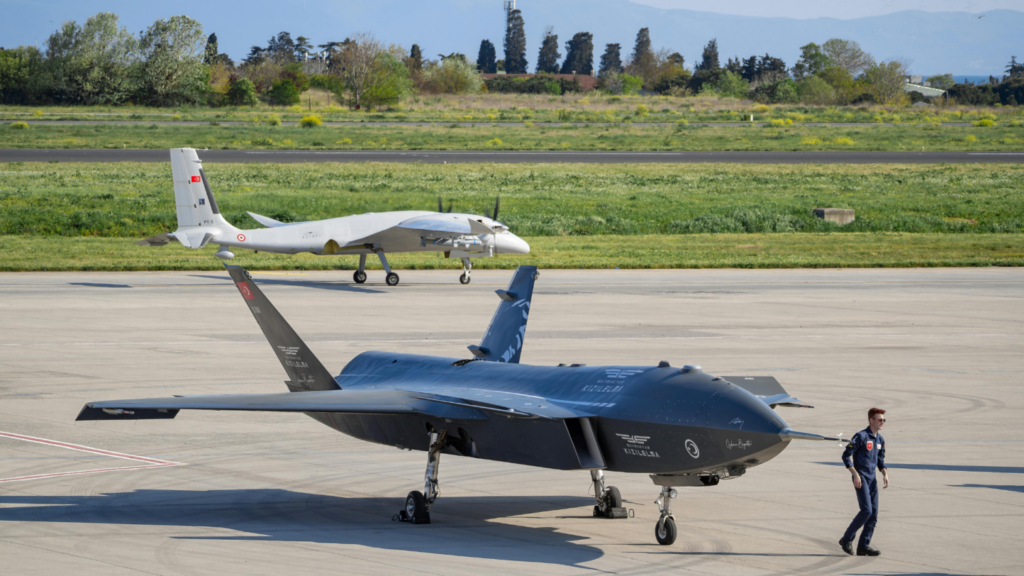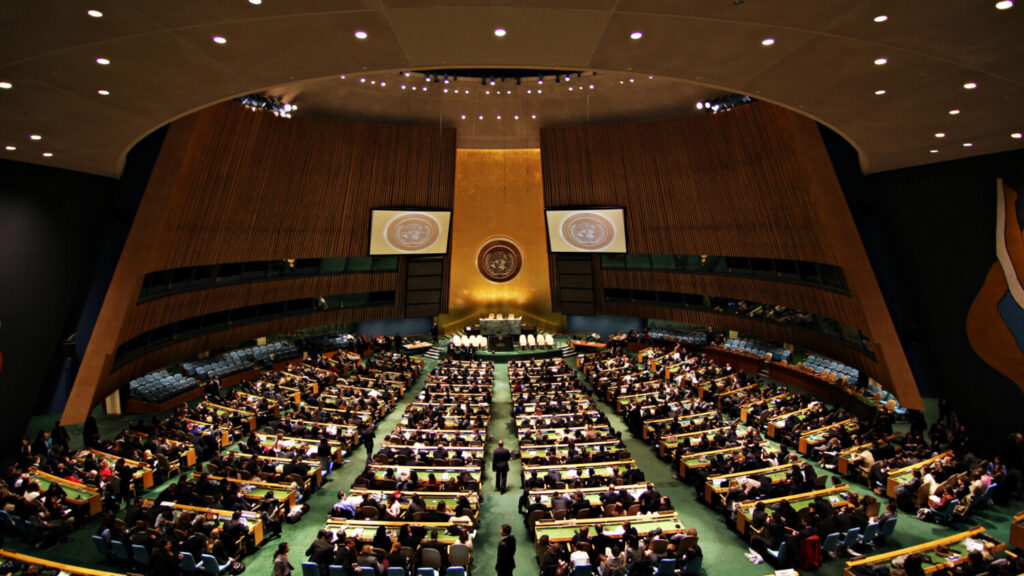Gaza Ceasefire Proposal: A Geopolitical Gambit with Structural Fault Lines
Trump–Netanyahu plan promises a 72-hour hostage deal, phased Israeli pullbacks, and international oversight, but Hamas consent, verification powers, and a path to Palestinian self-rule remain in doubt.
The Trump–Netanyahu ceasefire framework for Gaza, unveiled this week, is a high-stakes bid to lock in Israel’s security aims while riding U.S. diplomatic muscle. The 20-point outline freezes the battlefield through a tight sequence of hostage-prisoner trades, phased pullbacks, and outside oversight (Holland et al., 2025). Israel’s quick endorsement tracks with its priorities. Hamas’s silence, by contrast, highlights the plan’s built-in asymmetry: an edge that could prove either clever leverage or a fatal weakness.
Structural Imbalances and Unanswered Questions
The design leans toward Israeli interests with notable clarity. Demilitarising Gaza and excluding Hamas from governance formalise long-standing demands without offering firm counterweights on Palestinian statehood. With no binding timeline for sovereignty talks, and reconstruction aid gated by compliance metrics, Palestinian political claims risk being treated as conditional rather than inherent. That echoes earlier arrangements where “temporary” measures hardened into open-ended limbo (The New York Times, 2025).
The proposed Board of Peace, chaired by Trump and charged with directing aid, adds a new external centre of gravity while skirting the core sovereignty file (Stokols and Toosi, 2025). By postponing final-status issues, the plan shifts Gaza’s near-term stabilisation to an international consortium and shields Israel from direct accountability for Gaza’s political horizon. The split between urgent operations and strategic ambiguity may steady Netanyahu’s coalition but leaves Palestinians navigating a vacuum of authority.
Netanyahu’s Calculated Acquiescence
Jerusalem’s assent looks driven more by circumstance than zeal. At home, fatigue with prolonged fighting and coalition strains; abroad, U.S. electoral timing, Qatar’s restored weight after the Doha strike, and rising regional impatience over civilian harm (Magdy and Keath, 2025). Netanyahu’s rare apology to Qatar, long criticised in Israel for its ties to Hamas, signals recognition that Gulf channels now hold irreplaceable leverage. For Trump, the rollout reads as a legacy bid: the deal-maker credit, with execution handed to regional brokers he will not micromanage beyond 2024 (Newsweek, 2025).
Hamas’s Existential Dilemma
Hamas confronts a binary it cannot easily solve. Acceptance undercuts its identity as an armed resistance; rejection risks alienating Qatari and Turkish patrons tired of permanent crisis (Motamedi, 2025). Demilitarisation strikes at the group’s core, while exclusion from governance erases the electoral mandate it won in 2006. History suggests armed movements rarely disband by external decree; they adapt by going to ground, rebranding, or spawning successors. Without credible amnesty options or an alternative political vehicle, coercive demobilisation is likely to shift instability rather than remove it.
Operational Tripwires
The mechanics, including 72-hour exchange windows and ratio-based prisoner releases, look precise on paper and fragile in practice. Every step hangs on verification: tunnel access, arms interdiction, and rapid dispute resolution. Yet mandates, enforcement tools, and penalties for breach remain undefined. Prior failures, including the 2014 Gaza Reconstruction Mechanism, show how contested compliance or slow aid convoys can unravel trust in a single news cycle (Aboueldahab, 2017).
Governance is a second fault line. A technocratic committee under international supervision may speed logistics, but competence is not legitimacy. Absent a dated transition to Palestinian-led institutions, an externally run interim could be read as occupation by proxy. Tying any Palestinian Authority role to vague “reforms” adds another layer of uncertainty rather than a clear path forward.
The Diplomatic Theatre
Qatar and Türkiye sit at the centre of the mediation stage; their links to Hamas’s political wing make them indispensable. Egypt’s hand on border security and European funding for reconstruction will test whether this coalition can stay aligned (Holland et al., 2025). Divergent readings of the text or its enforcement would imperil the whole structure. For Washington, the risk is overestimating what transactional deals can deliver in a conflict shaped by hard power imbalances and unmet national aspirations.
Humanitarian Imperatives vs. Political Realities
The clearest near-term benefit is humanitarian. A clean 72-hour pause could steady collapsing hospitals and blunt winter mortality. But this is the point where earlier efforts faltered, due to mistrust, logistics, or both. Publicly auditable deliveries, including real-time updates on convoys, stocks, and destinations, will be essential to sustain confidence and deter narrative gamesmanship on either side.
Prognosis
This is less a peace deal than a containment tool, aligned with Israel’s doctrine and Trump’s political clock. Its survival turns on three things:
- Precision in execution: timelines met to the hour, especially for exchanges and aid.
- Credible monitoring: an independent body with access, protection, and authority to publish.
- A political horizon: a funded, dated roadmap to Palestinian self-governance so the “interim” does not become the endpoint.
Without these, the plan risks becoming another footnote in Gaza’s long crisis log. What matters next are concrete moves: Hamas’s reply, the fine print of inspection protocols, and whether the first trucks roll when the guns fall silent. In this conflict, process often becomes substance. The outcome will be decided less in press rooms than in the time-stamped details of implementation.
Bibliography
- Aboueldahab, N. (2017) Still in ruins: Reviving the stalled reconstruction of Gaza. Brookings Institution, 22 August. Available at: https://www.brookings.edu/articles/reviving-the-stalled-reconstruction-of-gaza/ (Accessed: 1 October 2025).
- Holland, S., et al. (2025) Trump peace plan envisions “New Gaza” and Trump-led “Board of Peace”. Reuters, 29 September. Available at: https://www.reuters.com/world/middle-east/trump-peace-plan-envisions-new-gaza-trump-led-board-peace-2025-09-29/ (Accessed: 1 October 2025).
- Magdy, S. and Keath, L. (2025) What’s in the plan to end the Gaza war proposed by Trump and Netanyahu. PBS, 29 September. Available at: https://www.pbs.org/newshour/show/whats-in-the-plan-to-end-the-gaza-war-proposed-by-trump-and-netanyahu (Accessed: 1 October 2025).
- Motamedi, M. (2025) Qatar says Turkiye to join Gaza mediation talks in Doha. Al Jazeera, 30 September. Available at: https://www.aljazeera.com/news/2025/9/30/turkiye-to-join-gaza-mediation-talks-in-doha-qatars-foreign-ministry-says (Accessed: 1 October 2025).
- Newsweek (2025) Israel-Palestine Conflict: Read Donald Trump’s full Gaza peace plan. 29 September. Available at: https://www.newsweek.com/donald-trump-gaza-plan-israel-palestine-benjamin-netanyahu-10800335 (Accessed: 1 October 2025).
- Stokols, E. and Toosi, N. (2025) Trump touts Israel’s approval of his Gaza peace plan. Hamas has not agreed. Politico, 29 September. Available at: https://www.politico.com/news/2025/09/29/trump-touts-peace-plan-for-israel-hamas-has-not-agreed-00584857 (Accessed: 1 October 2025).
- The New York Times (2025) Read each point of Trump’s plan for an Israel-Gaza cease-fire. 29 September. Available at: https://www.nytimes.com/2025/09/29/world/middleeast/gaza-israel-cease-fire-plan-text.html (Accessed: 1 October 2025).



